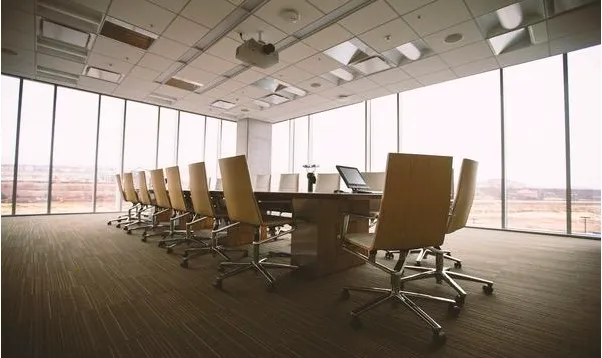
APAC office sector's net absorption hits decade-low in H1
It fell 34% to 16.3 million sq ft, no thanks to tenants cutting costs amidst the pandemic.
Occupier sentiment has weakened significantly since the onset of the pandemic, resulting in a lack of new expansionary demand, according to CBRE. Renewals have accounted for the bulk of leasing transactions as occupiers postpone major decisions unless they have upcoming lease expiries or urgent space requirements. Recent months have seen an increase in the number of major occupiers implementing cost cutting measures such as space disposals, making space available for sub-lease or leasing fully fitted premises.
Asia Pacific net absorption fell 34% y-o-y to 16.3 million sq. ft. NFA (net floor area) in H1 2020, the lowest first half total in a decade. While leasing activity in Mainland China tier I cities began to recover in March as lockdowns were eased, all other major markets, especially Tokyo and major cities in India, saw a significant slowdown in demand in Q2 2020 as restrictions on mobility and business activity came into force. Other weak markets include Hong Kong SAR, which has seen two consecutive quarters of negative net absorption and its lowest half yearly figures on record.
Bright spots include resilient demand in the tech sector, where many firms retain sizable requirements for expansion and upgrading. Demand also remains robust among life sciences companies, some of which are in the market for specialist facilities such as R&D laboratories and cold storage, as well as traditional corporate offices.
Prior to the onset of the pandemic, CBRE forecasted a slight increase in regional net absorption this year relative to 2019 levels. However, the prolonged crisis has led us to revise our forecast to a decline of 30-40% for full-year 2020. A rebound in regional office leasing enquiries is unlikely until midway through H2 2020.
Positives include signs of a strong rebound in leasing activity in Mainland China, which is offsetting declines elsewhere, while negatives include the potential for the reintroduction of lockdowns or other restrictions on movement and business activity in markets seeing an increase in infections.
New supply had been expected to rise slightly to 67 million sq. ft. NFA this year. However, a sizable portion of this total has been delayed due to disruption to labour mobility and materials supply chains, primarily in Mainland China and India. New Grade A supply has therefore been revised down by 8% y-o-y to 60 million sq. ft. NFA. With occupancy permits also taking longer to receive approval, there is potential for total new supply to fall even further to about 55 million sq. ft., should project handovers be delayed.
CBRE expects Grade A rents to continue to decline in 2020 owing to a sharp decline in demand resulting from the pandemic and excess supply at the beginning of the year. The magnitude of the fall so far this year has been stronger than expected as occupiers request rent relief or higher incentives from landlords.
Taipei and some Japanese regional cities have exhibited relative rental strength thanks to tightening vacancy and limited new supply. Elsewhere, the limited availability in Manila continues to support solid rental growth, with additional demand resulting from the anticipated diversification of BPO functions from India potentially providing a further boost. Weaker markets include Hong Kong SAR, which continues to see subdued demand and rising space availability in core locations.
The biggest revision to CBRE’s rental forecast has been to Singapore, Sydney and Melbourne, all of which will see the rental decline accelerate in H2 2020, leading to a full-year fall of 10% or above. Rents in Mainland China will continue to trend downward, but the decline is expected to moderate over the next six months.
Cities in India have not yet recorded any rental adjustments. However, occupiers are seeking better terms through rent reviews and incentive packages, pointing to rental downside.






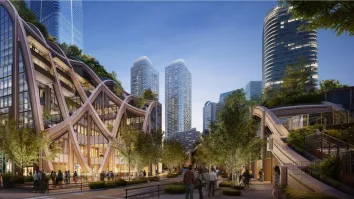


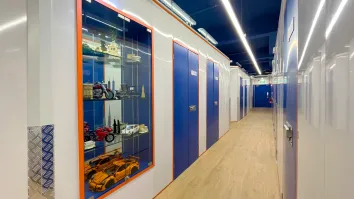




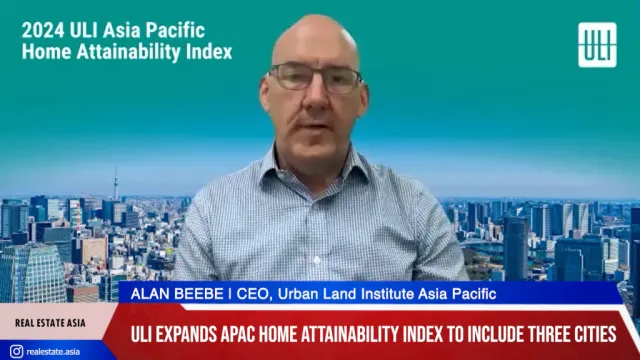

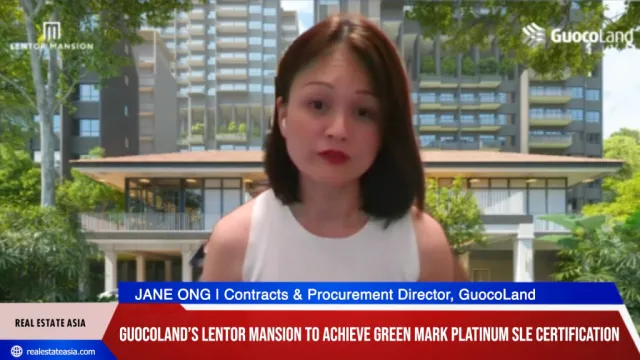


 Advertise
Advertise






